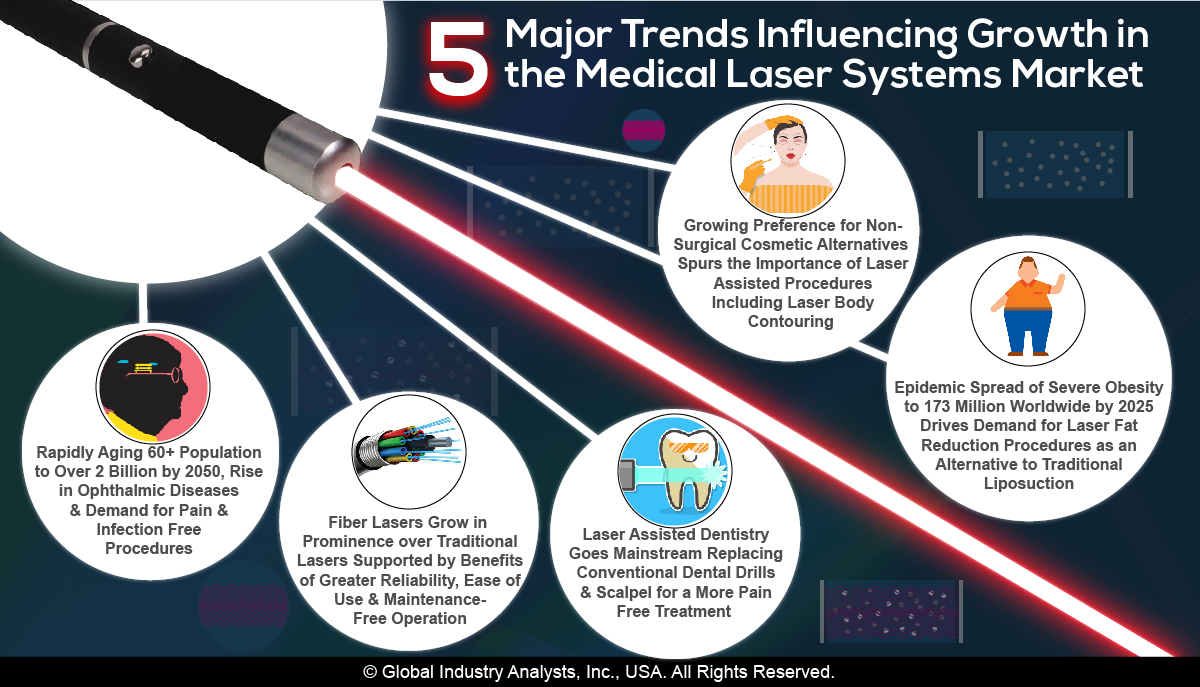A Detailed Exam Of Modern Cataract Surgery Techniques
A Detailed Exam Of Modern Cataract Surgery Techniques
Blog Article
Material Author-Burton Thestrup
As you explore the evolution of innovative cataract surgical treatment techniques, you'll witness a journey noted by ingenuity and accuracy. From ancient approaches that led the way for modern-day innovations to sophisticated technologies that are changing the area, the comprehensive review of cataract surgical treatment strategies is a testament to human progress and dedication to improving client results. The intricate interaction between historic techniques and futuristic advancements creates a fascinating story that clarifies the advancement of among the most common procedures worldwide.
Historical Methods and Developments
Check out exactly how very early surgeons revolutionized cataract therapy by utilizing innovative strategies and devices. In the past, cataract surgical treatment was a high-risk and agonizing treatment. Nonetheless, old Indian doctors were among the initial to attempt medical interventions for cataracts, making use of a technique called 'couching' where a sharp tool was made use of to press the cataract back into the eye. This method, though crude by today's standards, prepared for future developments in cataract surgery.
As time proceeded, Arab doctors made significant payments by establishing specialized needles for cataract extraction. These needles were made use of to penetrate the cataract and then remove it from the eye, marking a substantial renovation in medical precision.
Later, in the 18th century, the French cosmetic surgeon Jacques Daviel pioneered the technique of extracapsular cataract extraction, where the entire lens was gotten rid of undamaged via a larger cut. This marked a major innovation in cataract surgery strategies, paving the way for the contemporary treatments we utilize today.
Modern Surgical Approaches
Early methods in cataract surgical procedure have actually developed dramatically, causing the growth of modern surgical approaches that focus on accuracy and enhanced patient outcomes. Modern cataract surgery now commonly entails a procedure called phacoemulsification, where an ultrasonic tool breaks up the cataract for elimination with a little laceration. This strategy permits quicker healing and lowers the threat of issues compared to older methods.
Additionally, using innovative intraocular lenses (IOLs) has actually transformed cataract surgical treatment results. These lenses can fix not only the cataract however likewise other refractive errors like astigmatism, decreasing the need for glasses post-surgery.
https://lasik-eye-center23221.is-blog.com/32695218/bask-in-the-possibility-of-a-life-without-glasses-or-contacts-with-smile-surgical-procedure-a-mind-blowing-remedy-that-could-revolutionize-your-vision have accessibility to sophisticated imaging innovations that aid in specific preoperative planning and intraoperative decision-making. Optical coherence tomography (OCT) and various other imaging modalities provide thorough images of the eye's structures, permitting an extra personalized approach per person's surgical procedure. With these improvements, contemporary cataract surgical treatment techniques continue to improve, offering clients more secure procedures and better aesthetic outcomes.
Arising Technologies in Cataract Surgical Procedure
With advancements in technology transforming the area, cataract surgical procedure is experiencing the assimilation of innovative methods for boosted client outcomes. Emerging https://www.optometrytimes.com/view/transcript-dr-ben-gaddie-discusses-vee-education-highlights in cataract surgical treatment are reshaping the landscape of ophthalmic treatments. One such innovation is femtosecond laser technology, which permits exact corneal cuts, capsulotomies, and lens fragmentation, leading to boosted surgical accuracy and outcomes.
Additionally, intraoperative aberrometry is obtaining popularity, enabling real-time measurements of refractive mistakes during surgical treatment to improve intraocular lens power computations and minimize postoperative refractive shocks.
In addition, using advanced imaging technologies like optical coherence tomography (OCT) and intraoperative wavefront aberrometry help doctors in precise medical planning and implementation. These devices give comprehensive physiological details and assistance customize medical approaches for each client's unique eye features.
Moreover, growths in artificial intelligence are being explored to help in preoperative preparation, intraoperative decision-making, and postoperative care, possibly enhancing medical results and client satisfaction. Embracing these arising technologies in cataract surgical procedure holds promise for more enhancing client end results and guaranteeing the continued advancement of ocular surgical methods.
Verdict
As you trip through the background of cataract surgical treatment, you witness the makeover from old practices to cutting-edge technologies. Like a phoenix metro climbing from the ashes, cataract surgical procedure has evolved right into a sign of hope and innovation.
Just as a caterpillar emerges from its cocoon as an attractive butterfly, cataract surgical treatment has thrived right into a refined art type, offering patients clearer vision and a brighter future.
The development continues, shining a light on countless possibilities.
